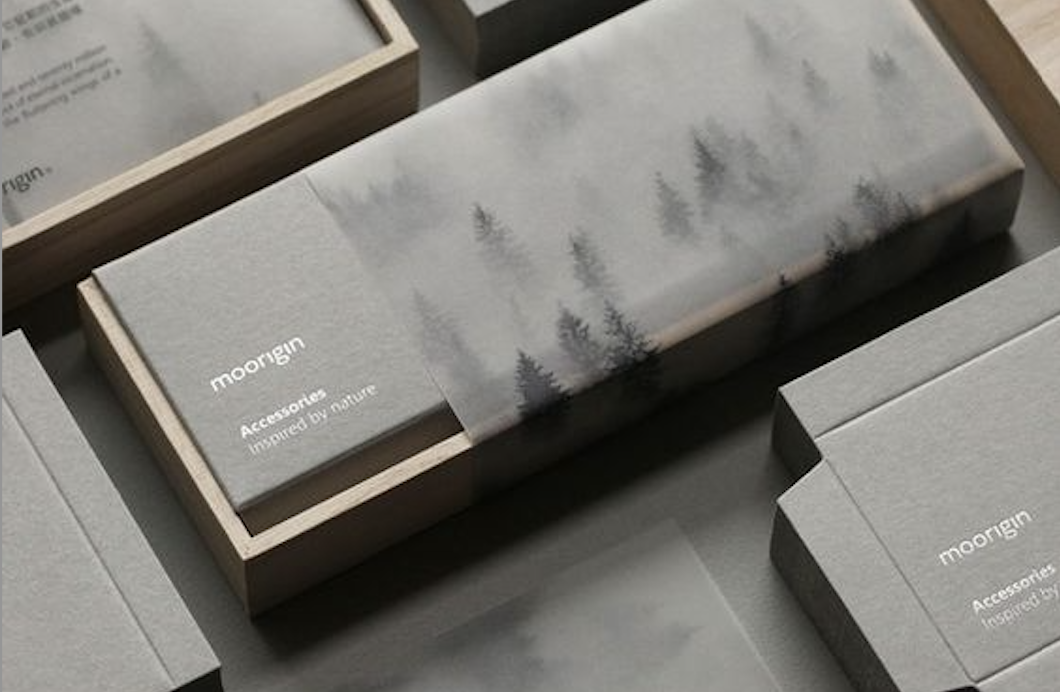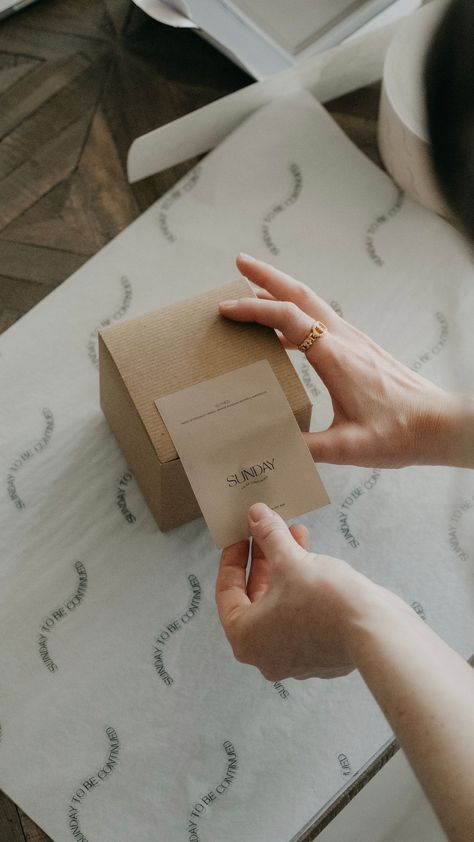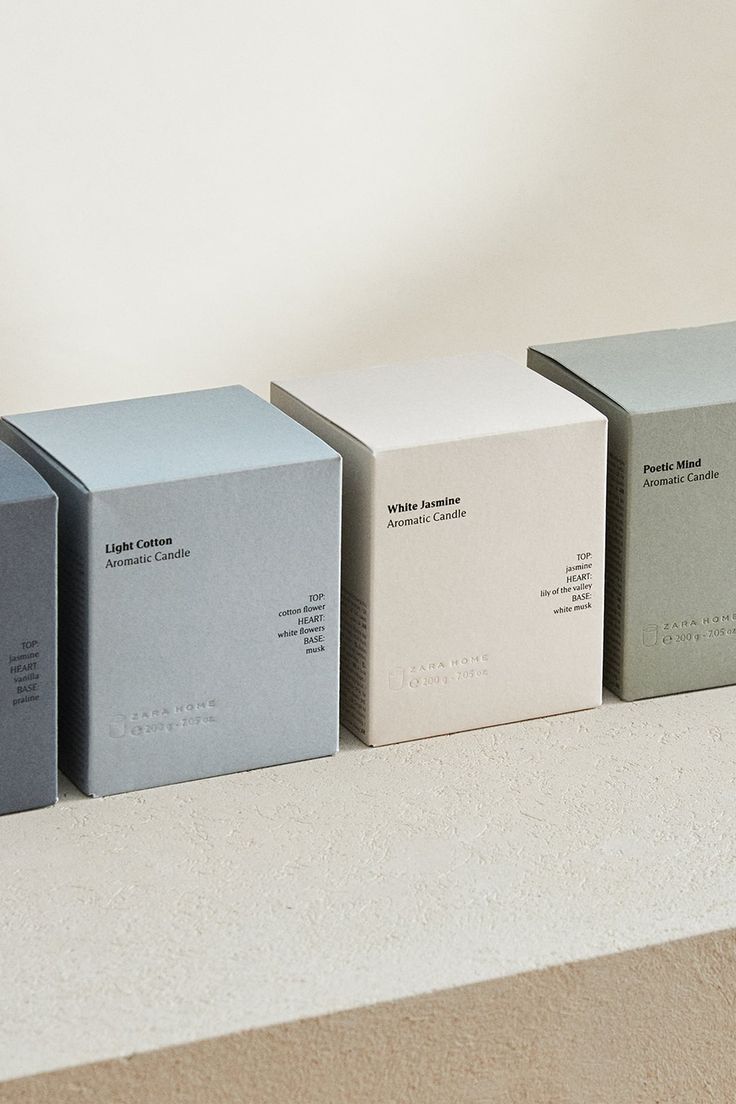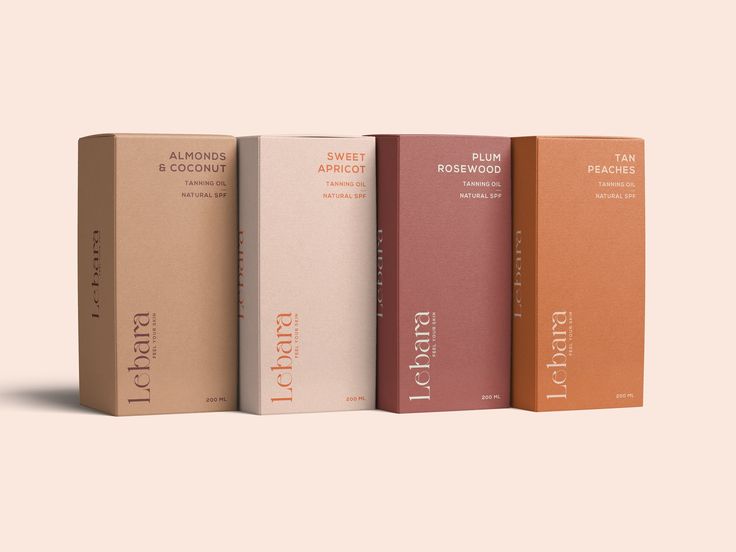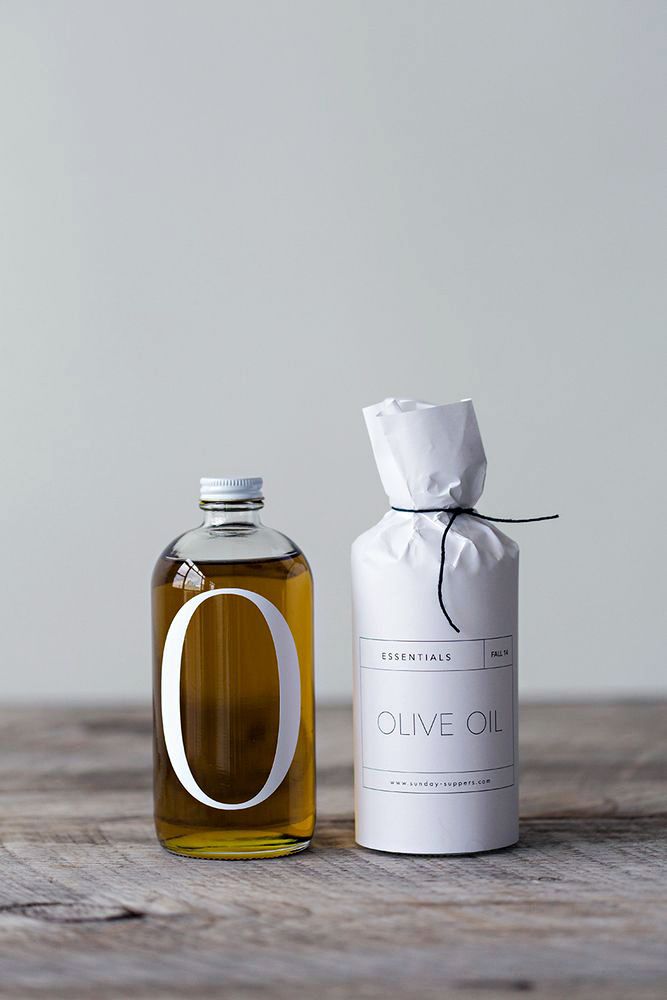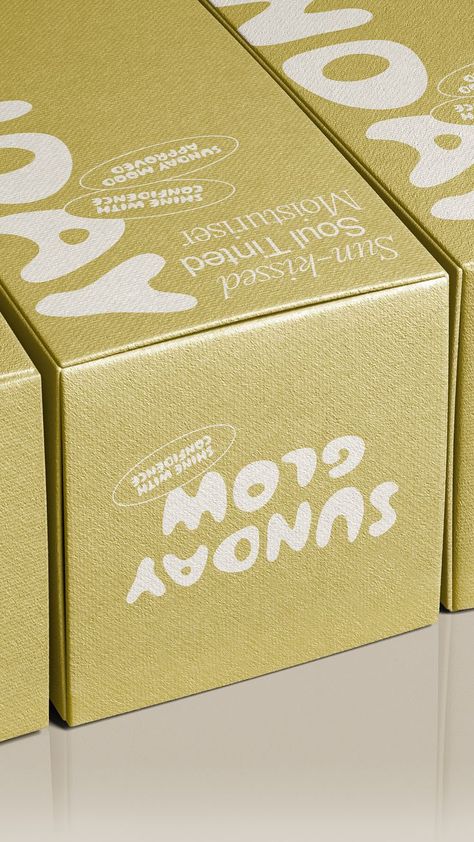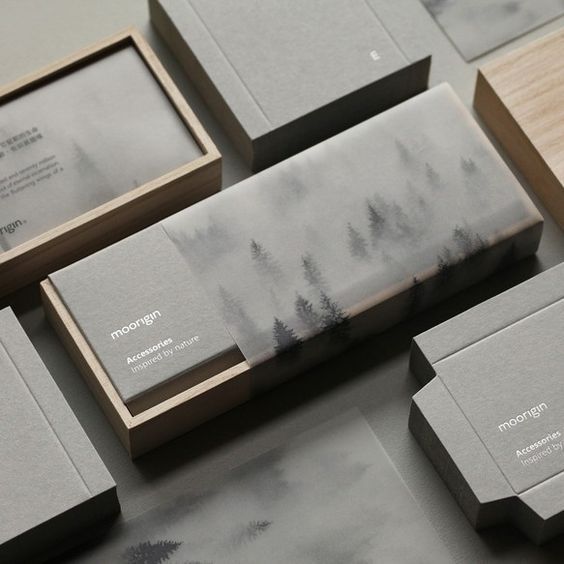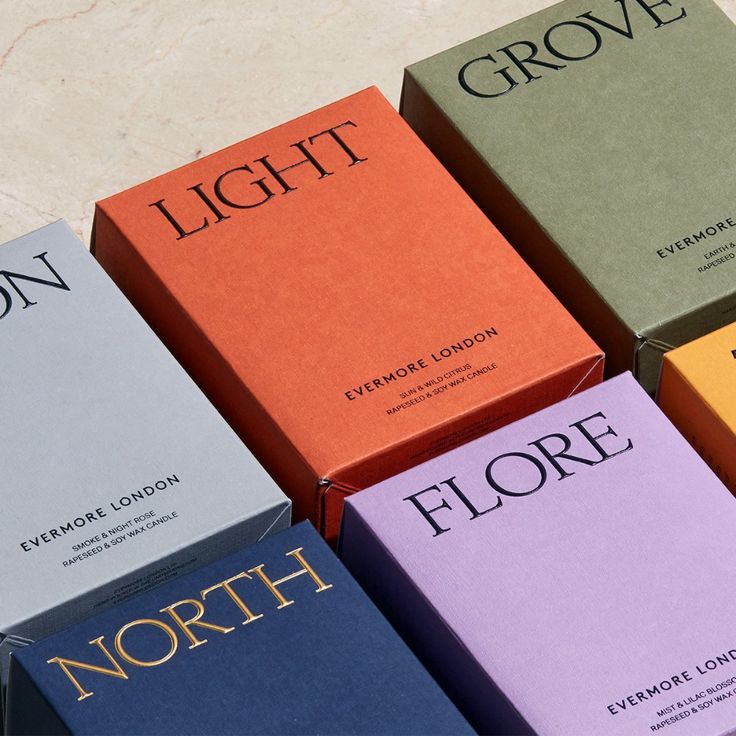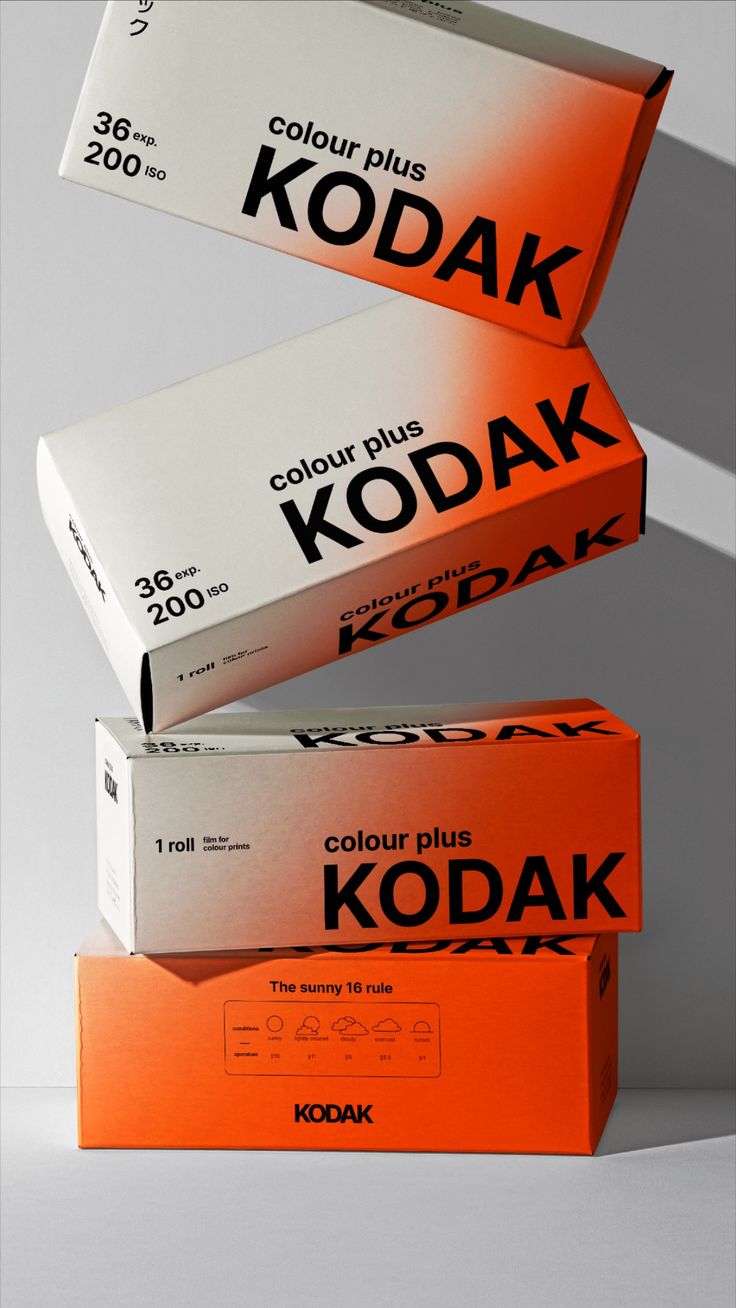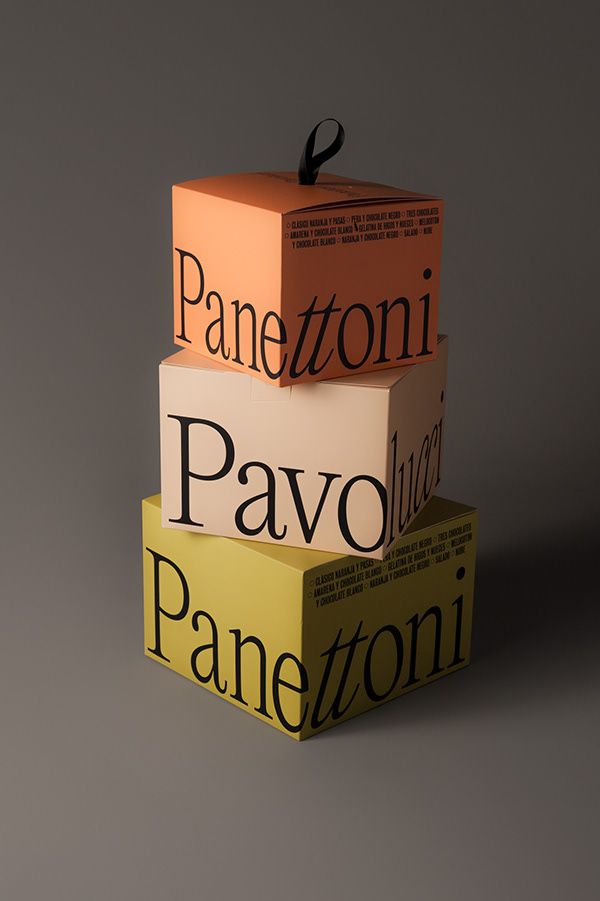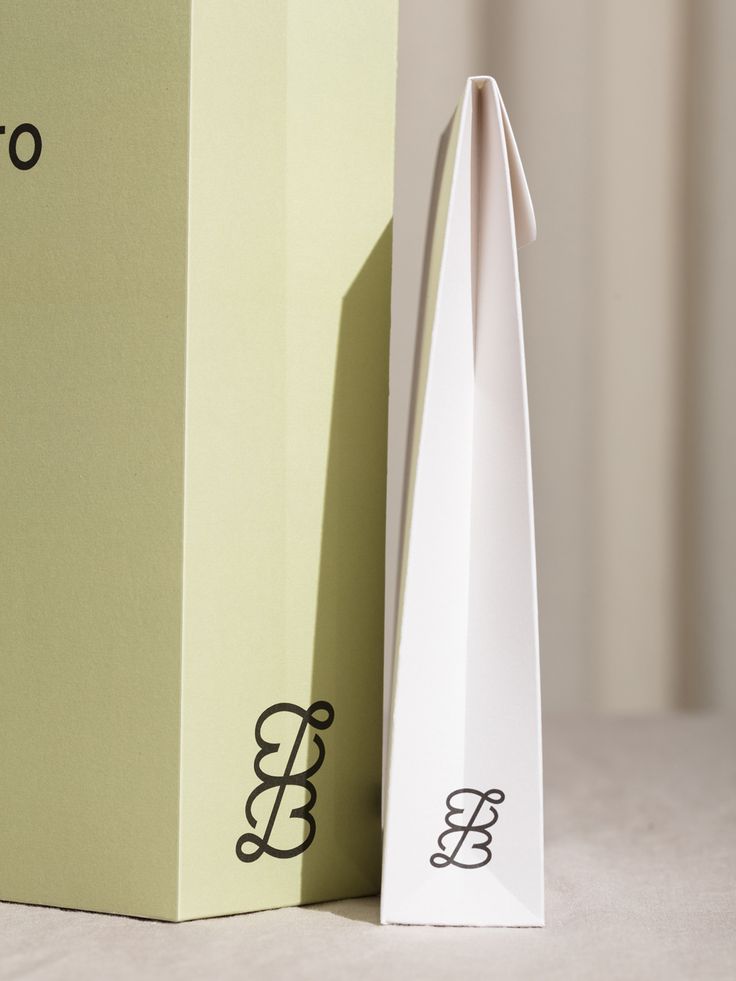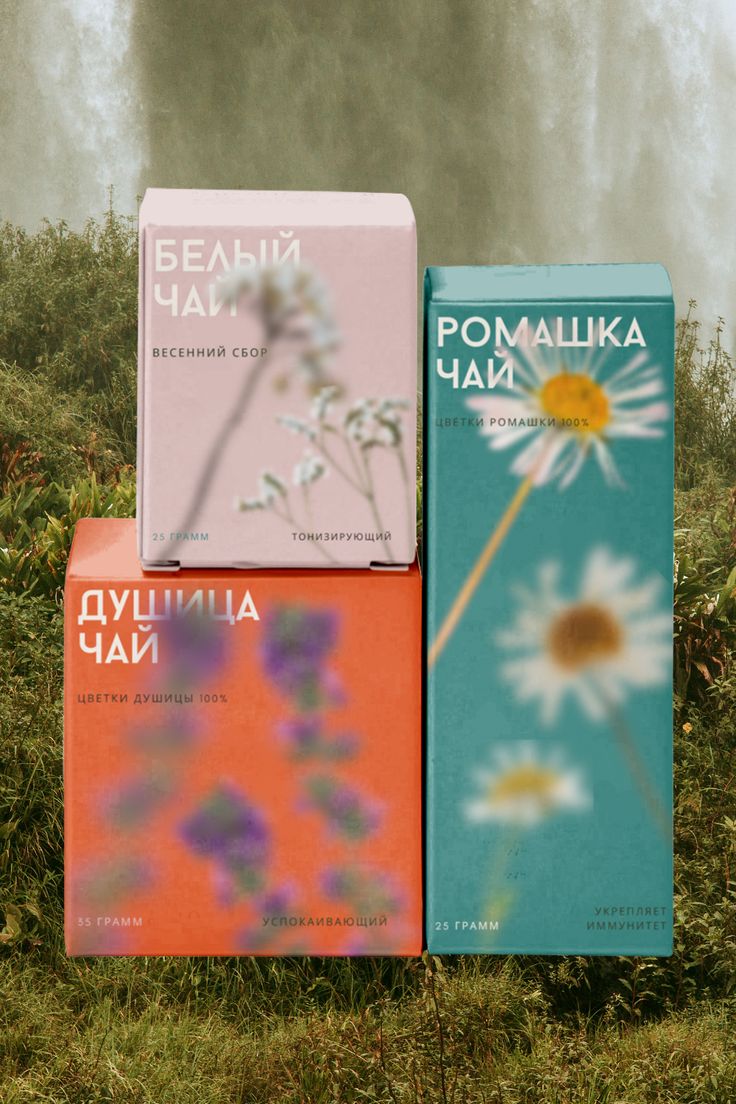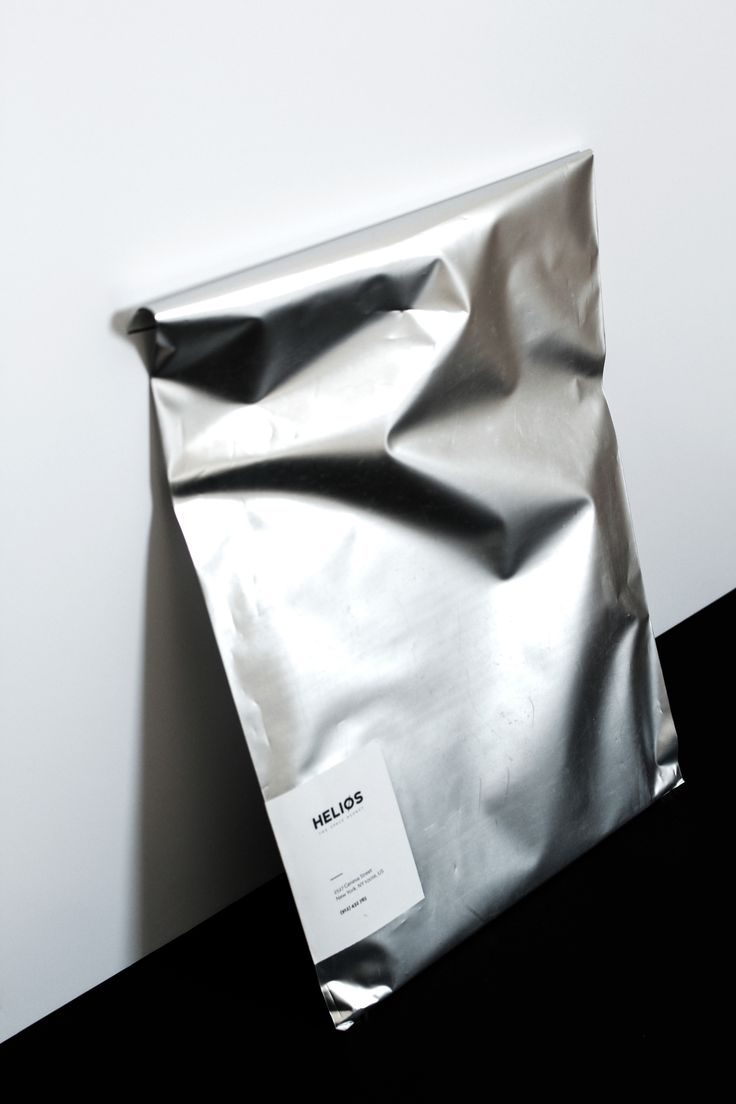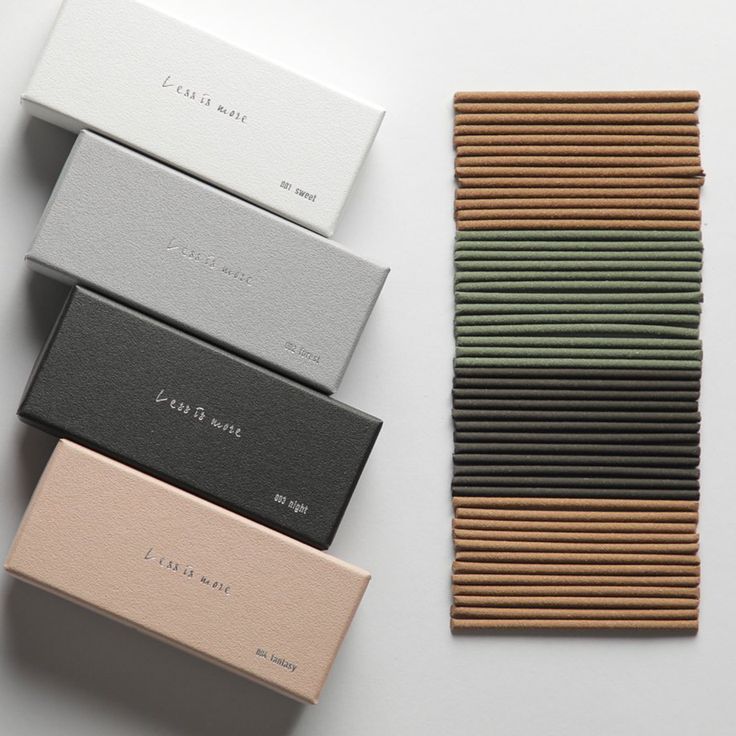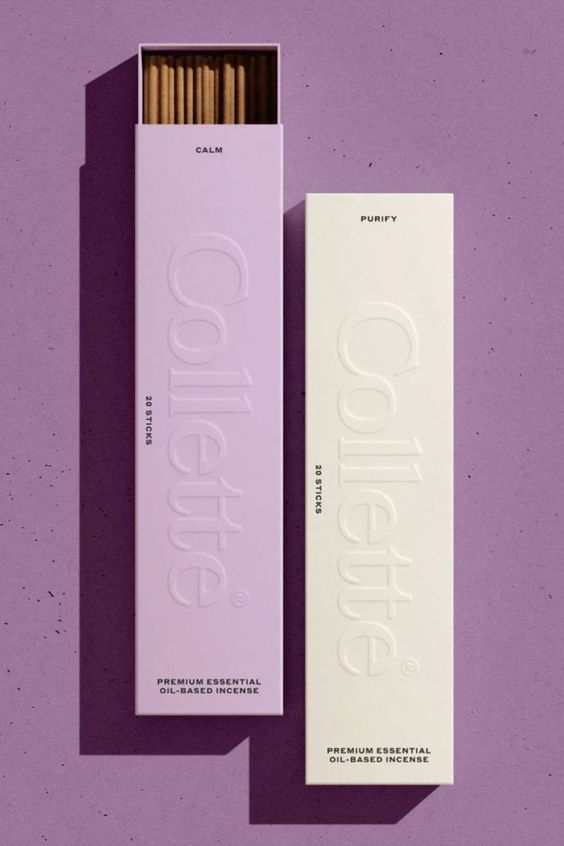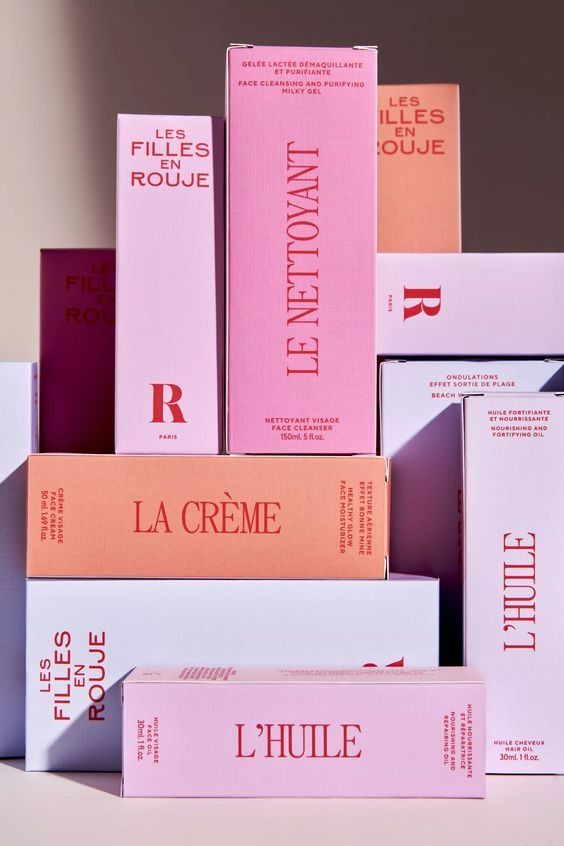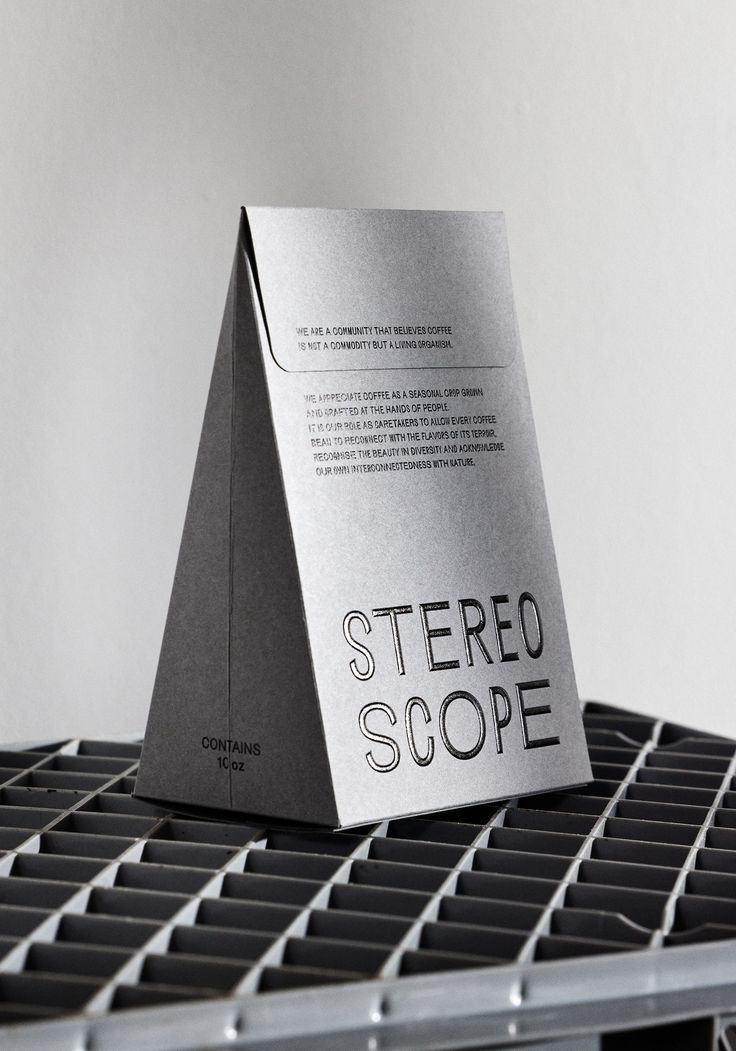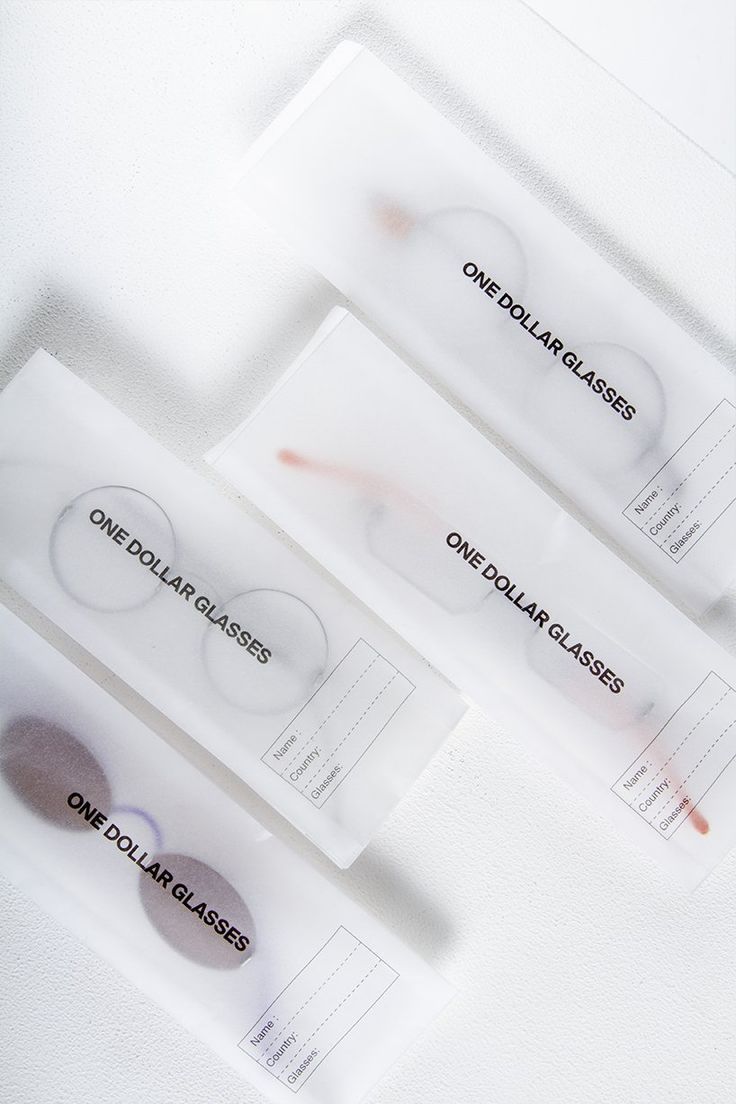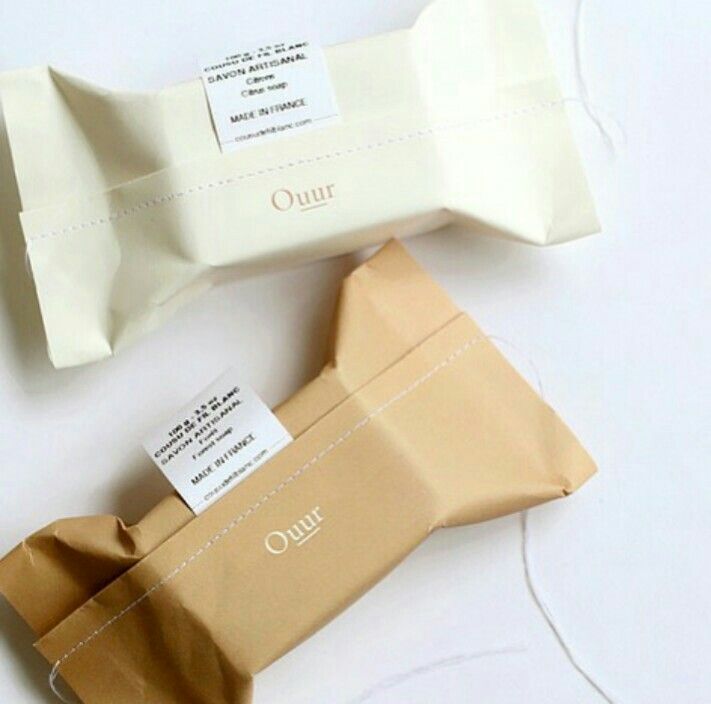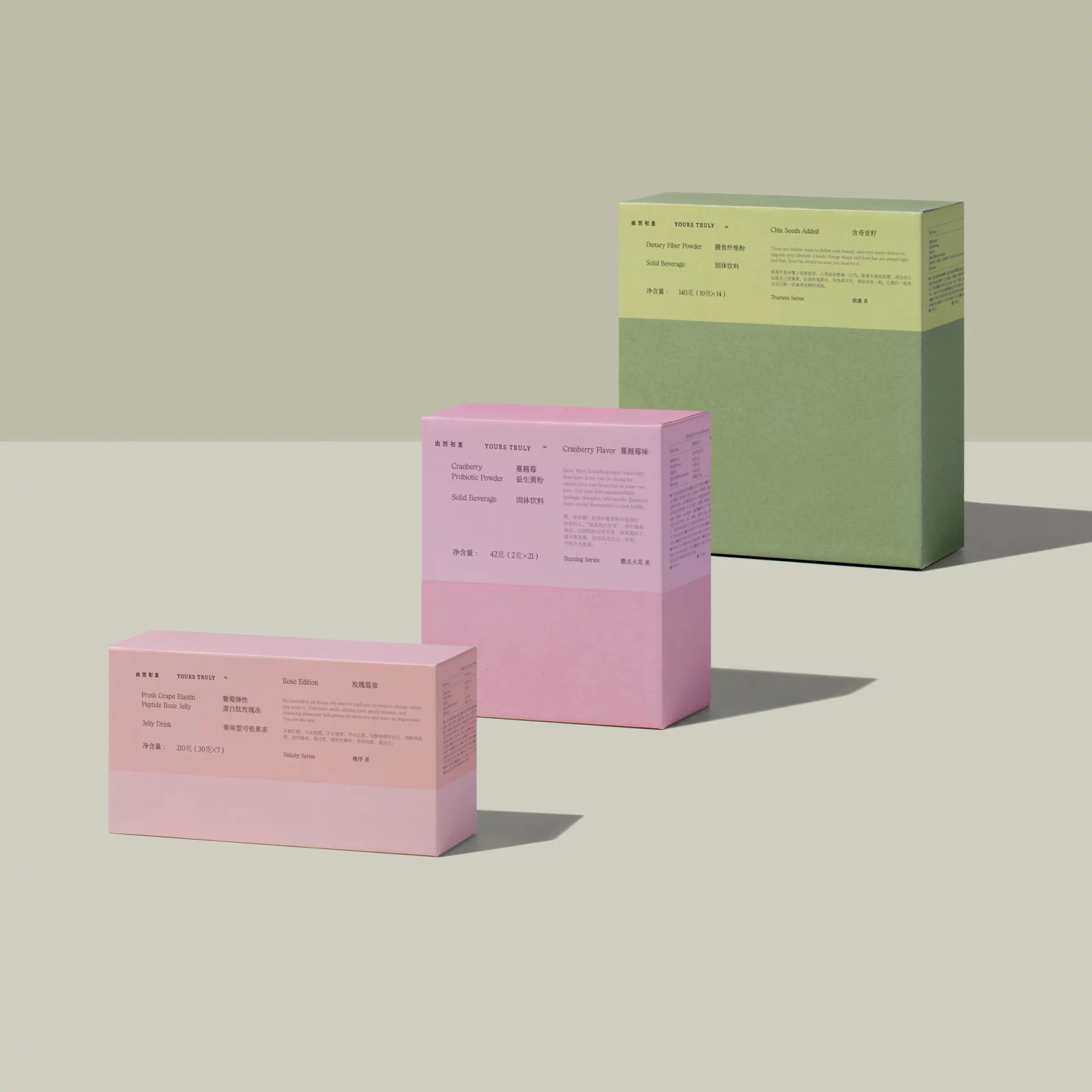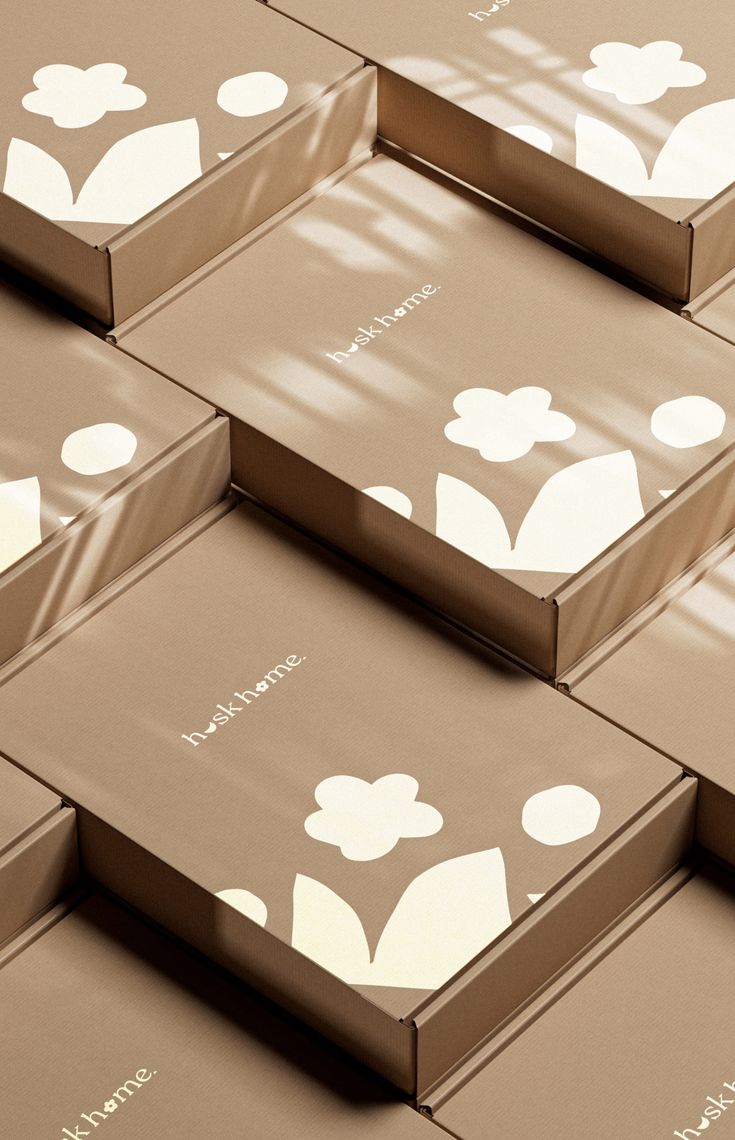In today’s sustainability-driven market, minimalism in packaging is making a strong comeback. This trend, particularly evident in the use of paper and cardboard, is reshaping how brands present themselves and interact with consumers. Packaging is no longer just a container; it’s a vital extension of a brand’s narrative and a testament to its environmental commitment.
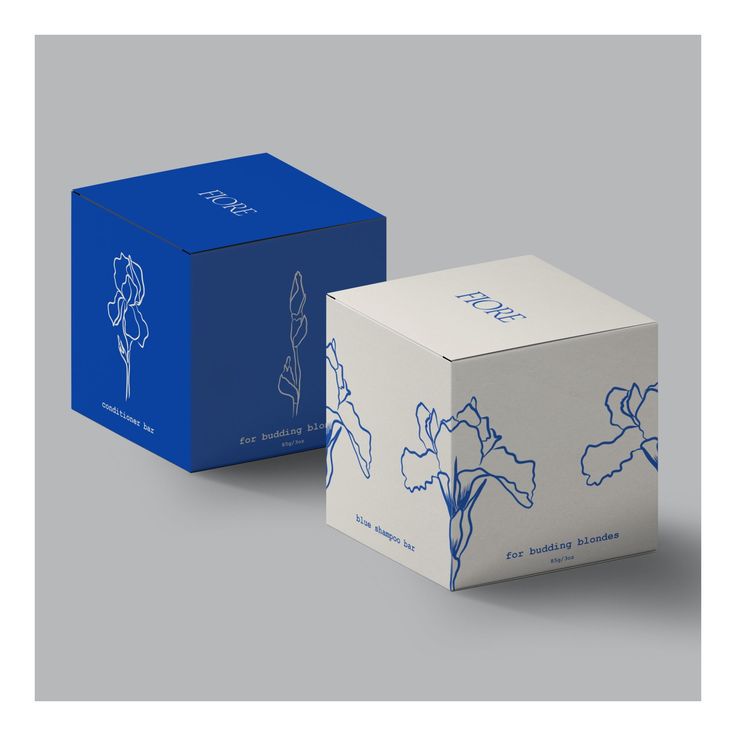
Clean lines, simple designs, and a focus on essentials characterize minimalist packaging
By eliminating excess, brands can highlight what truly matters — the product and its story. This approach not only appeals to the aesthetic preferences of modern consumers but also aligns with their increasing demand for eco-friendly options. Paper and cardboard are ideal materials for minimalist packaging due to their versatility, durability, and recyclability. Cardboard’s sturdy structure allows for innovative yet simple designs, while paper offers a tactile, memorable unboxing experience. These materials, when used thoughtfully, can convey messages of authenticity, luxury, or environmental consciousness.
Paper and cardboard are ideal materials for minimalist packaging due to their versatility, durability, and recyclability.
In minimalist packaging, every design choice—from color and typography to material texture—serves a purpose. Muted, natural colors often evoke sustainability, while bold contrasts can signal modernity. Sparing use of typography can communicate elegance and sophistication. The choice of uncoated, recyclable materials further emphasizes a brand’s commitment to sustainability.
A key benefit of minimalist packaging is its potential for recyclability and reuse. By focusing on simple, eco-friendly materials like paper and cardboard, brands can reduce waste and encourage consumers to repurpose packaging, extending its life and reducing environmental impact.
A key benefit of minimalist packaging is its potential for recyclability and reuse. By focusing on simple, eco-friendly materials like paper and cardboard, brands can reduce waste and encourage consumers to repurpose packaging, extending its life and reducing environmental impact.
The return to minimalism in packaging, particularly with paper and cardboard, reflects a broader shift towards sustainability and conscious design. This trend is not just a passing phase; it’s a growing movement that aligns with modern values, making packaging not just a necessity but a meaningful part of the brand experience.
Below you can see twenty prime examples of how to utilize modern materials such as paper and cardboard for maximum effect – keeping things minimal speaks volumes for a brand! Click the image for the source.

